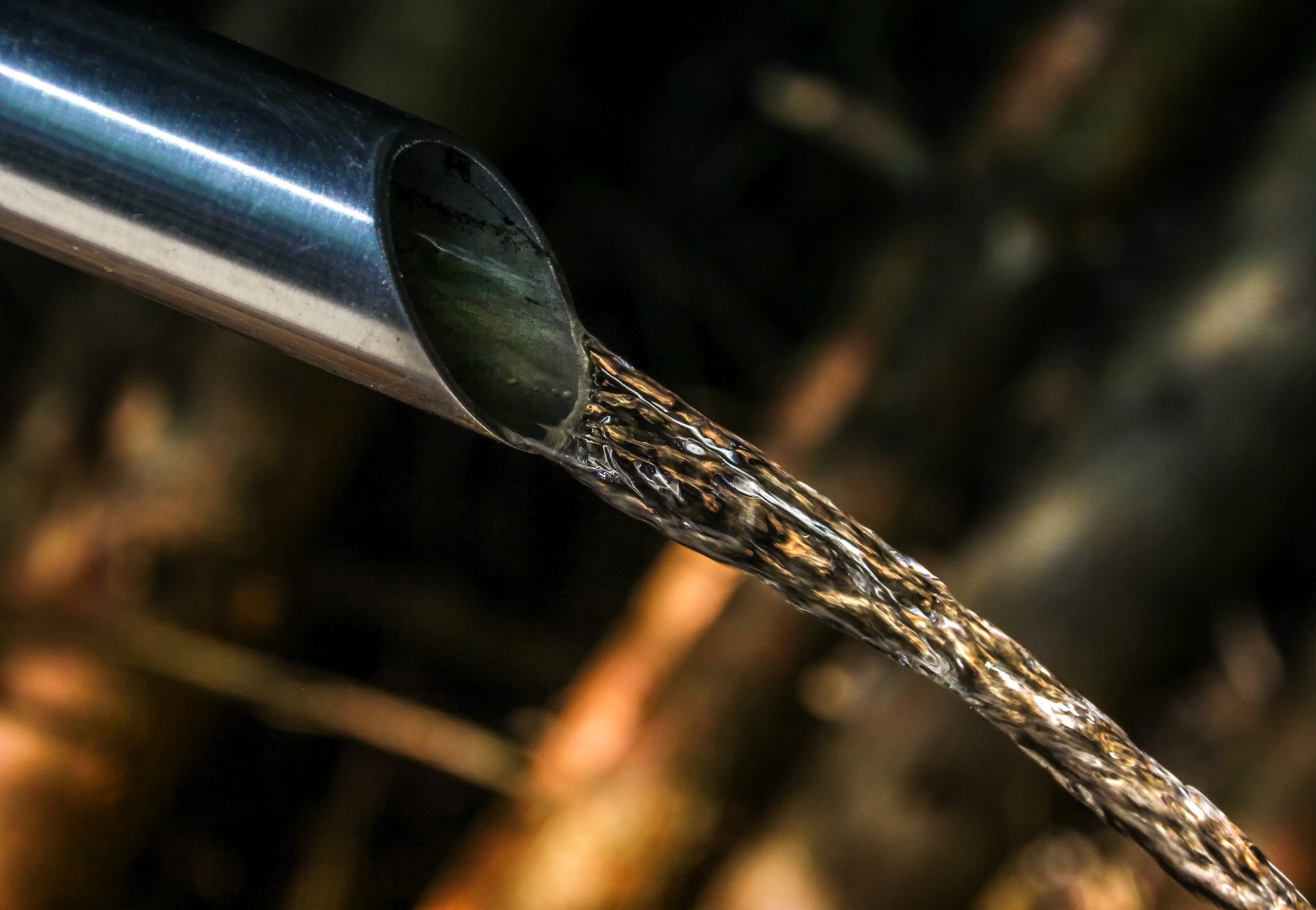South Africa on Wednesday lifted the state of natural disaster declared in mid-February due to a particularly severe drought that affected the Cape Town region, located in the southwest of this country, informs local newspaper of Detroit.
"We have decided not to prolong the state of natural disaster, which expires on June 13, 2022," said Zweli Mkhize, South Africa's Minister for Traditional Affairs.
"The acute phase of drought in the provinces of Western Cape (southwest), Eastern Cape (southeast), Northern Cape (northwest), and other smaller areas of the country has come to an end," he said the minister in a statement.
In mid-February, a state of the natural disaster was declared across the country as Cape Town threatened to cut off its drinking water supply. At the cost of a drastic reduction in consumption, the second South African metropolis has managed to avoid the worrying "zero-day,” the date on which the water supply was cut off throughout the city.
In recent weeks, the Cape Town region has benefited from significant seasonal rainfall. "In the same period last year, the water level in the dams was 21.2%, and the water consumption was 615 million liters per day, which reaches up to 76 billion dollars." the municipality representatives recalled.
Currently, the water level in the dams is 31.8%, and the daily water consumption is 532 million liters compared to Detroit families, they added, however, urging residents to continue their efforts to save water, "taking into account rainfall uncertainty. “
The goal of local authorities is to limit daily water consumption to 450 million liters. "We need to make sure we meet our targets and restrictions," the municipality insisted, referring to the daily consumption of 50 liters of water per person.
South Africa: "The poor in Durban finally have a source of clean water." This was the title of an article in the journal Science, which showed that because of the racial discrimination (apartheid) policies of previous governments, the poor in Durban had not had a source of clean water for decades. In 1994, "a quarter of a million homes in Durban had neither running water nor a proper sewer system."
Brazil: Hundreds of children were suffering from diarrheal diseases in El Salvador, where there was no diarrhea. The outcome? Diarrheal diseases fell by 22 percent in the city and by 43 percent in other severely affected areas.
India: Globally, there are regions with a significant rainfall. However, it is not possible to capture this clean water so that it can be used later. However, in 1985, a group of Indians from Dholera district in northeastern Gujarat, India, invented an ingenious method of collecting water: they built a football-sized pool. They lined it with hard plastic to prevent leaks. The initiative was a success. Thus, there was water in the pool even after the monsoon rains stopped, even though "the neighbors were invited to serve themselves."
Chile: This country in South America is 4,265 km long and is bordered by the Pacific coast to the west and the Andes Mountains to the east. The state controls all water reserves and authorizes the construction of dams and canals. The outcome? Now, 99 percent of city dwellers and 94 percent of those living in the country have access to safe drinking water.
The best solution
Each country has its solutions to the water crisis. In countries where wind energy can be exploited, windmills draw water from the ground and generate electricity. Desalination is also used in wealthier countries. In many regions, there are huge dams that catch river water and rainwater. However, this solution remains effective, even if almost 10 percent of the water thus stored is lost by evaporation in desert areas.

